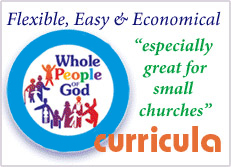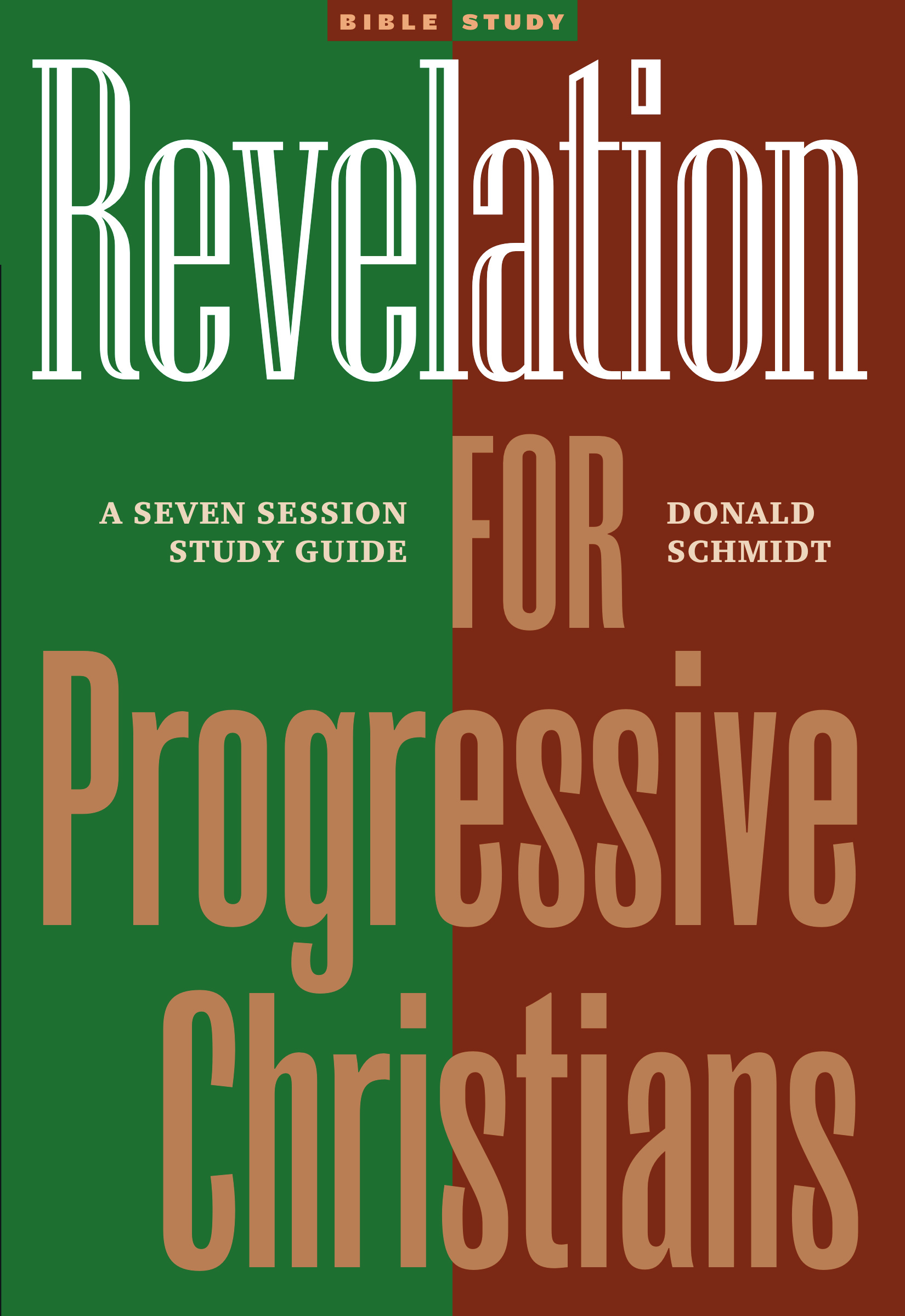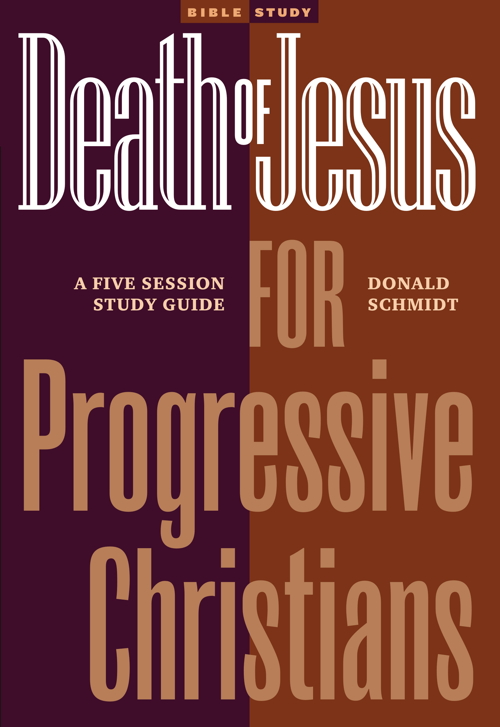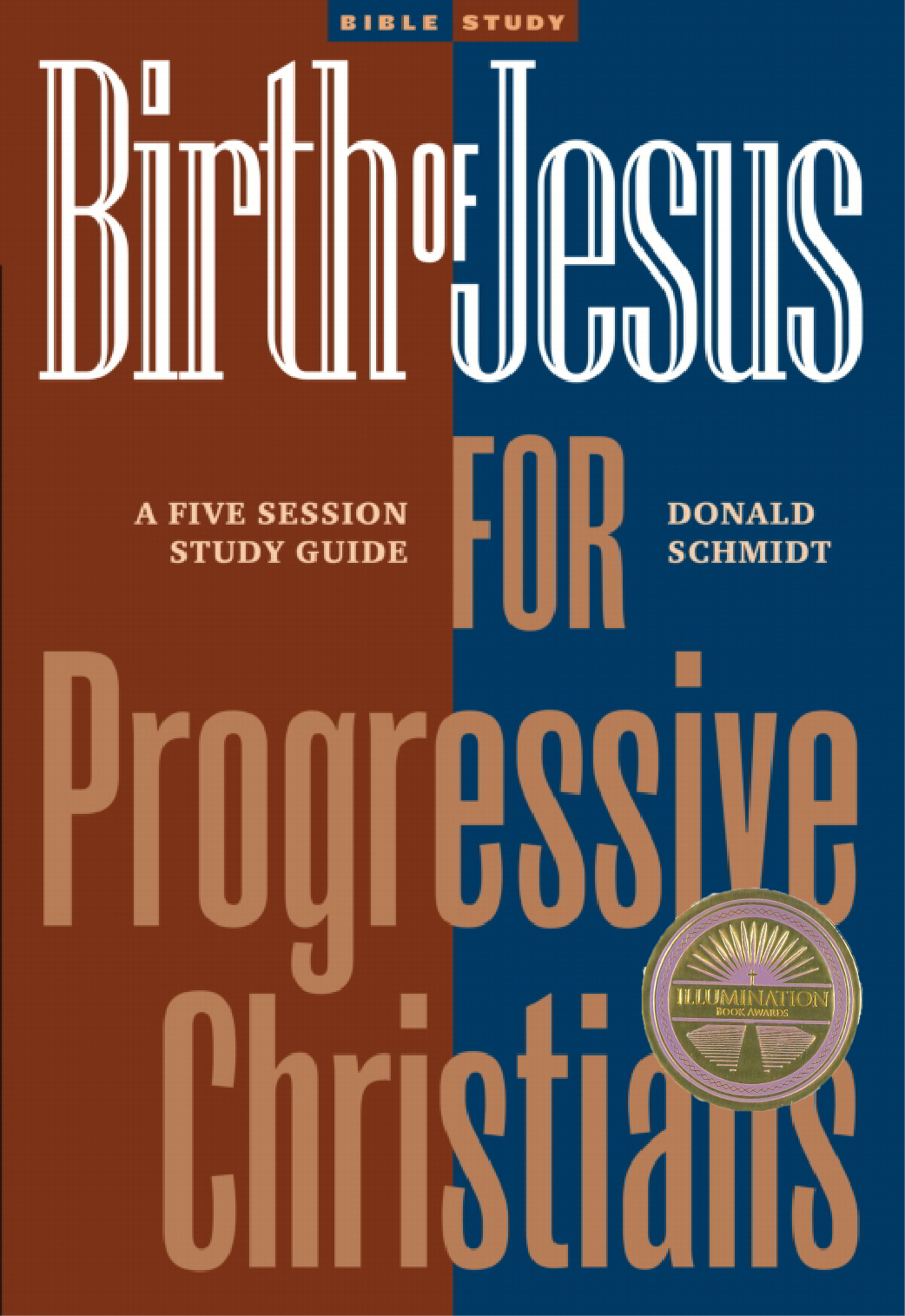
Easter for Progressive Christians
A Five Session Study GuideDonald Schmidt
100 | 5.5" x 8"
Soft
ISBN: 978-1-77343-281-6
When it comes right down to it, the Bible doesn’t really tell us much about resurrection. This is hardly surprising, because the gospel writers are trying to make sense of a story that, well, doesn’t really make sense – at least not to a rational mind. This has led people to a variety of positions that roughly fall somewhere between two extremes:
- Of course Jesus never rose from the dead; people don’t do that. Anyone who says so is crazy,
or - Jesus rose physically from the dead and appeared to lots of people, and you must believe this or you are going to hell.
While most people lie somewhere between these two positions, they may not be sure just where exactly – nor are they always sure that they are “allowed” to be where they think they are. To put that another way, many people who understand themselves to be Christian struggle to accept the idea that Jesus physically rose from the dead, but are afraid to say so.
This guide does not set out to “prove” or “disprove” that Jesus physically rose on Easter Sunday. Instead, it invites participants to engage with the biblical stories of Christ’s resurrection to try to understand what the gospel writers meant to tell us, what they wanted us to take from these stories. After all, they did not set out to prove a point of history; they wrote them down because these stories had transformed their own lives, and the lives of many others at the time. Hopefully, reading and exploring these stories can enhance our lives too. Ultimately, how we experience Christ today is what matters – not what might have happened 2,000 years ago.
Donald Schmidt, Author

Donald Schmidt has had a love for his Creator, for Jesus Christ, and for ministry in the Christian church for many years. He holds MDiv and DMin degrees in theology and Jewish studies. He has been in active ministry in a variety of churches in both Canada and the United States for almost 40 years. He is the author of eight volumes (and counting) of the award winning “for Progressive Christians” series of Bible studies. In his spare time he likes to work with wool – knitting, spinning, and weaving. He lives in British Columbia with his husband, Kevin.
Media Reviews
Nancy Hillmer
United Church layperson in RutlandWhat I love about your discussions about biblical stories is that you take my pre-formed biases about them and turn them on a different angle so I see new things. At the end of the Christmas bible study last year I commented that maybe I'd been looking at things the wrong way. Instead of asking why Jesus did or said something maybe I should ask why the author said Jesus did or said something. You almost danced off your chair and said Yes, but then I needed to ask why the author put the story in that location, or why he included it, or why he didn't. It makes reading the bible far more intensive, but far more rewarding.
This Easter study is similar to the others in the series in that it doesn't tell me what to believe. It gives cultural and historical background of the four distinct Easter stories and challenges me to decide what I believe out of the stories.
These studies have a way of taking an old, impossible story and helping me see why the authors might have written it that way. The discussion that has come from the study has helped me realize that questioning the events of the Easter stories isn't heresy, but is a way to make it real in my life today.
Somehow, even though many of my initial questions were answered, I ended the study with just as many questions - just deeper ones. I love that this study is a place where answers are questioned.











